When it comes to substrate there are many types available like Gravel, sand and specialist planting substrates. Here are a few hints and tips before you put at the bottom of your tank.
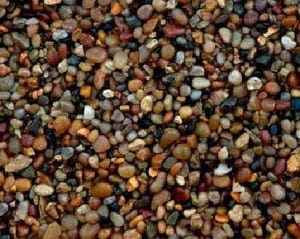
How should I clean my substrate before I add it to my tank? If you go to your specialist aquatic shop you can almost be sure they offer pre-washed substrate. However, even with this most substrates are very dusty and need to be cleaned thoroughly before they’re used, otherwise the aquarium will turn very cloudy.
Washing substrates can be a dirty job. The best way I have found to get the substrate clean is to place a small quantity in a clean bucket (say fill it quarter of the way up) and spray water on to it. I use the shower from my bath but you could use a hosepipe in your garden. However when winter hits using a garden hosepipe isn’t the most pleasant way to get the job done.
You’ll need to keep mixing the gravel around with your hand, and pouring away the dirty water until it runs clear. Then you can tip the washed gravel into another bucket and clean the next batch.
Some substrates don’t respond well to being cleaned in this way, so the more you mix them, the dirtier the water gets.
How much substrate do I need to buy? This is tricky one to work out than you might think. It can depend on the fish you are keeping also personal choice. Most substrate is sold by weight; this can be hard to work out how much substrate you require as the weight doesn’t normally tell you what the depth or volume you are going to get. To me this is what really matters to us fish keepers, not the weight.
For sand, most people go for a depth of around 2.5cm/1″, but with gravel the norm is to go for a deeper layer of say 5cm/2″ or more.
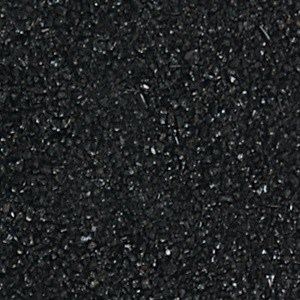
What substrate size to go for? You have to remember the following the bigger the grain means there will be more the more dirt may get trapped in the substrate. In contrast very fine substrates, such as sand doesn’t allow much dirt to be trapped, so waste tends to sit on top, where it can be sucked into the filter or syphoned off.
Some fish, including many common species like goldfish, feed by sifting the substrate and eating any food items found within. Many catfishes, like Corydoras, and some oddballs such as rays, eels and mormyrids such as elephant noses, also like to root about in sand.
How can I replace my substrate? The way I like to remove old substrate is to strip down the tank. Once this is done use an old dust pan to scoop the old substrate out and discard it. I have known of others to syphon the old substrate however i have found this sometimes is a very long process.
White coral sand. Is it safe to use? Not unless you want to make your water rock hard and increase the pH of your water to over 8.0. Coral sand and gravel is mostly or partly composed of calcium carbonate, so you should only use it in situations where you want the pH and hardness to be kept high. Many Rift Lake cichlid hobbyists use it to provide the appropriate conditions for their fish. I have done this with a Tropheus tank i have.
Those in very soft water areas, such as parts of Scotland will also use small amounts to stop the pH of their aquarium from dropping naturally.
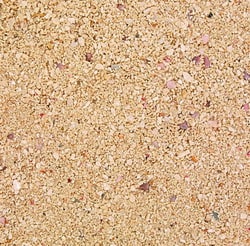
Can I use a mixture of grain sizes? You can, but they’ll all get mixed up in the end with the larger grains usually rising to the top. Personally I don’t like but we all have different opinions.
How do I clean sand? Before it’s added, sand needs to be cleaned thoroughly by mixing it around in a bucket of water until the water runs clear. Once it’s in the tank it is very easy to keep clean. I will give it a gentle stir with my fingers while holding a syphon hose in my other hand, which allows any trapped particles to be sucked out.
It’s impossible to avoid removing some of the sand during maintenance, as it’s light and very easy to suck up, so you’ll need to top it up occasionally.
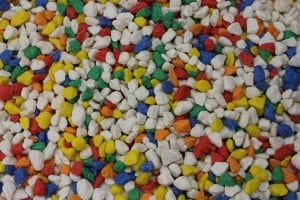

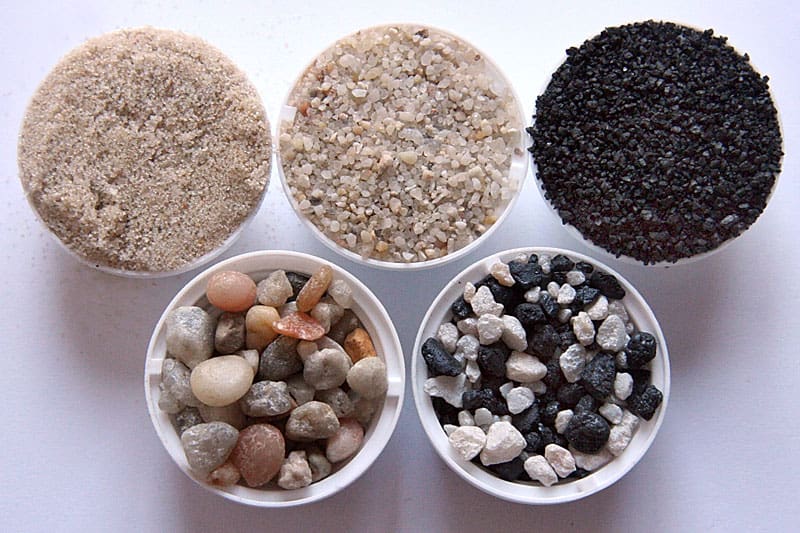
Related Posts
A Deeper Look In To Loach Fish Species
How Much Salt Should I Add To My Freshwater Aquarium
Everything You Need To Know About Using T5 Lights For Your Aquarium